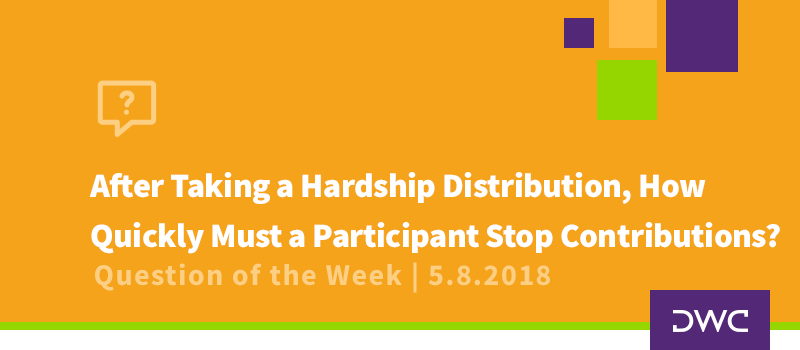Catching Up On Catch-Up Contributions, Part 1 – A New Limit
A long time ago, in a Congress far far away, SECURE 2.0 (S2) was enacted. Ok, that was only December 2022, but it seems like ages ago when we’ve had to navigate some of the new rules with minimal guidance from our friends at the Treasury Department (home of the IRS) in the interim. Well, it looks like they are catching up, starting with proposed regulations on changes to catch-up contributions.
Overview
S2 made a couple of key changes with respect to catch-up contributions.
- Increased the catch-up contribution limit for those between the ages of 60 and 63, and
- Required those earning more than $145,000 to make all catch-up contributions as Roth.
In this post, we will take a look at the increased limit. Our thoughts on the new Roth requirement are in a separate post here, and we cover how to fix the inevitable “oops” in Part 3.
On January 10, 2025, the IRS published proposed regulations that address both. In the grand scheme of how convoluted regulations can be, these aren’t too bad. The increased limit is pretty straightforward, but there are some curveballs on the Roth requirement.
Before we jump in, there is one important item to note. There are both mandatory and optional parts of these new rules, and we will address those as we go. Sponsors will eventually need to amend their plans to reflect these changes, but the current deadline for that is not until the end of the 2026 plan year (i.e. December 31, 2026, for calendar year plans). In the meantime, companies need to keep track of how they operate these new rules in their plans so that those details can be captured in the amendments when the time comes.
Increased Catch-Up Contribution Limit
This is probably as close to “what you see is what you get” as we’re likely to find in regulations, and it has been dubbed the “Super Catch-Up Contribution”. Look! Up in the sky! It’s a bird; it’s a plane; it’s the Super Catch-Up! Sorry, couldn’t resist.
Effective for plan years beginning in 2025, it essentially creates two tiers of catch-up contributions (maybe three, depending on your perspective) based on participant age.
| Age Range (as of Year-End) | Limit |
| Under 50 | Not Permitted |
| 50 - 59 | Regular Limit |
| 60 - 63 | Super Catch-Up |
| 64+ | Regular Limit |
These work the same way that existing catch-ups have worked since EGTRRA created them back in 2002, just with higher limits. For 401(k) and 403(b) plans, the super catch-up limit is $11,250 for 2025 and is indexed for inflation going forward in $500 increments. For SIMPLE plans, the 2025 limit is $7,500.
The age tiers are based on each participant’s actual attained age as of the last day of the year, regardless of hire or termination date. Let’s look at two quick examples.
Leah is 59 years old, and she will turn 60 on December 29, 2025. She is eligible to make super catch-up contributions for 2025 even if she terminates employment in September 2025 before actually reaching her 60th birthday.
The same is true going the other direction. Akbar is 63 now and will turn 64 before the end of 2025. That means the regular catch-up limit applies to him for the entire year, even if he terminates before actually turning 64. Definitely a potential trap for the unwary.
A Less Universal Universal Availability Requirement
Adding super catch-ups to a plan is optional, but any plan that does must treat all employees the same. In other words, the increased limit cannot apply to some participants but not others. Also, if a company sponsors multiple plans (or is related to another company that has a plan), all plans in the related group must handle this option the same way – either they all implement the higher limits or none of them do. This is referred to as the universal availability requirement.
We say it is somewhat less universal, because the previous iteration required the same limit to be applied to all catch-up eligible participants. That was when there was only one limit to think about. Now that we have multiple sets of limits (only 2 here – regular and super – but the sequel to this post discusses other variations), the new regulations modify universal availability to say that all participants must be treated the same with respect to whichever limit they fall under – regular or super.
That’s really all there is to it. See, we told you this part was easy, but don’t get any new hopes that parts 2 and 3 of this trilogy will be as straightforward.

















